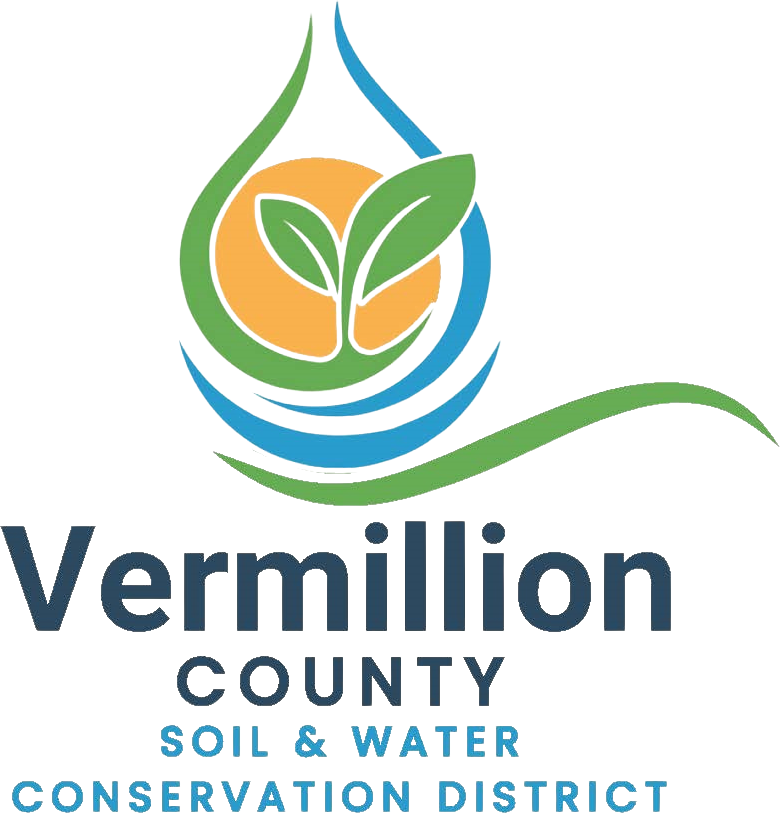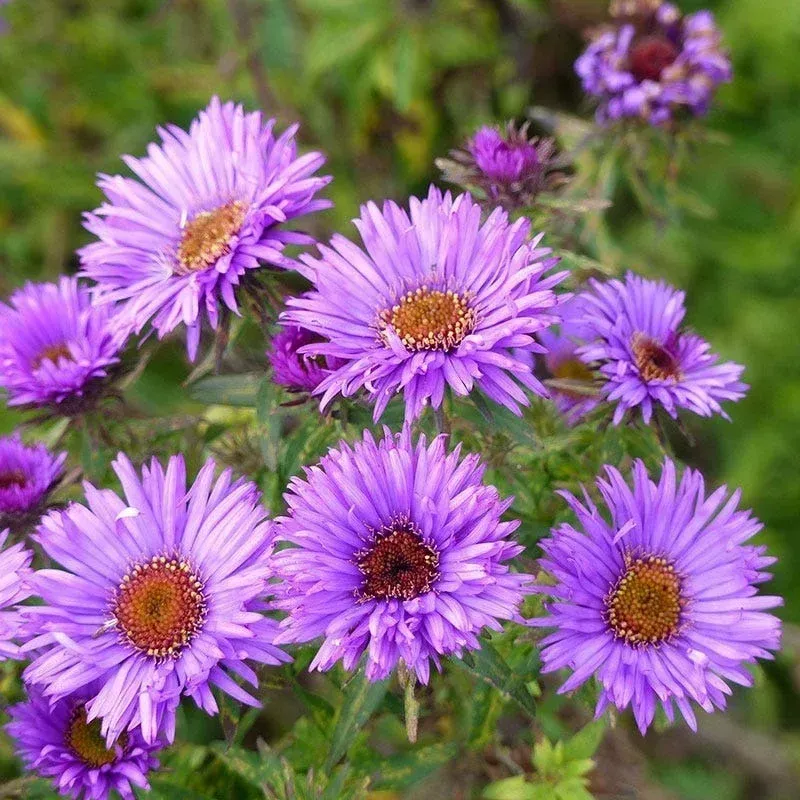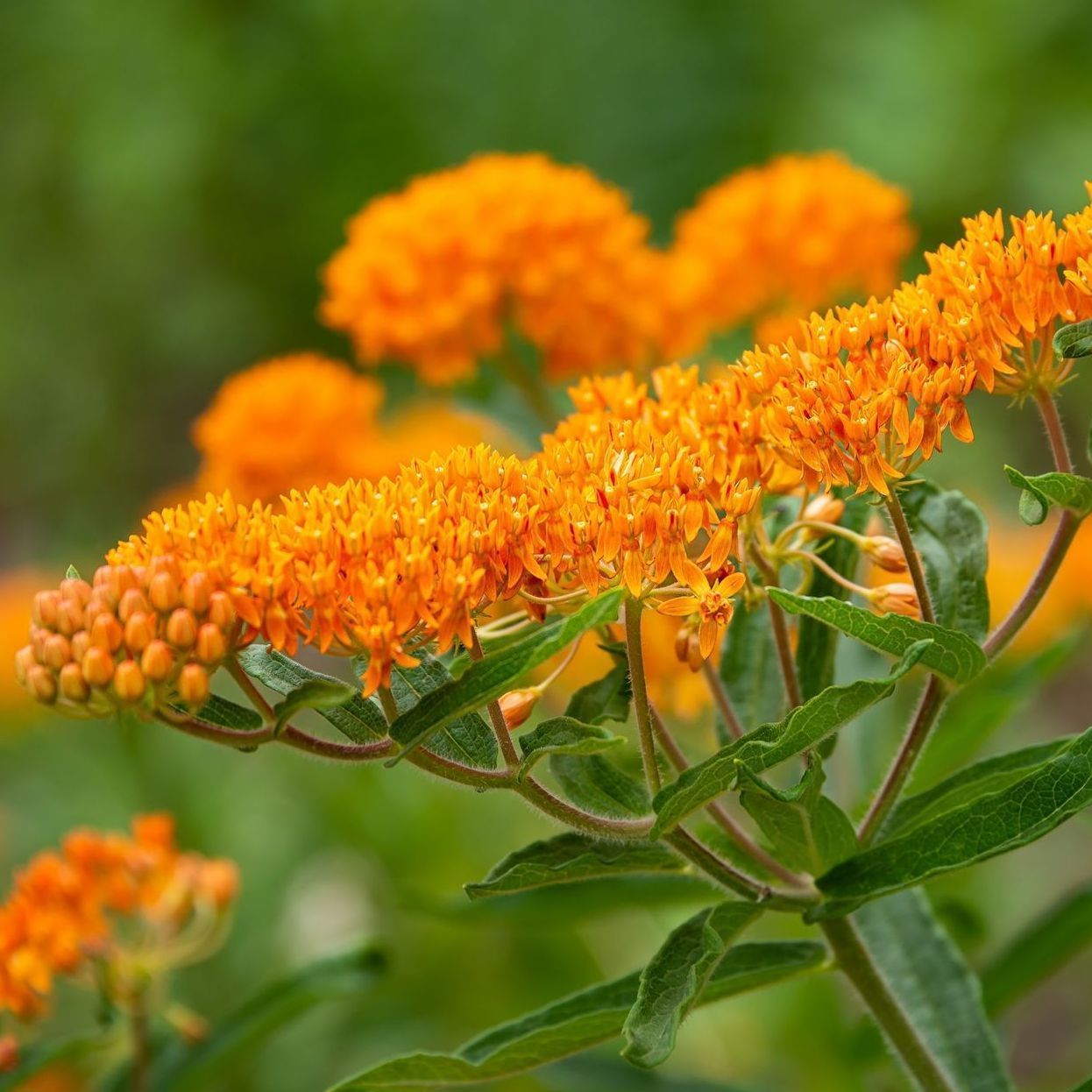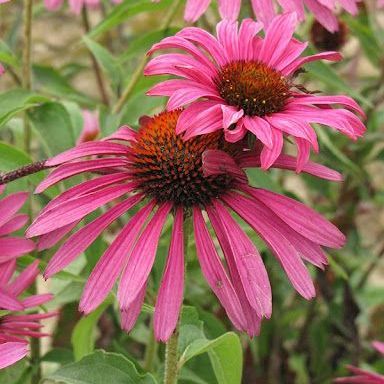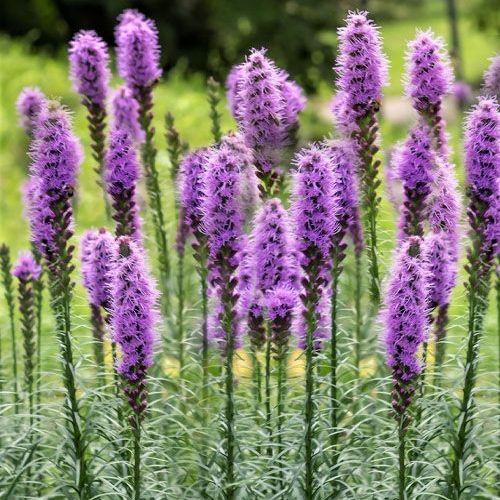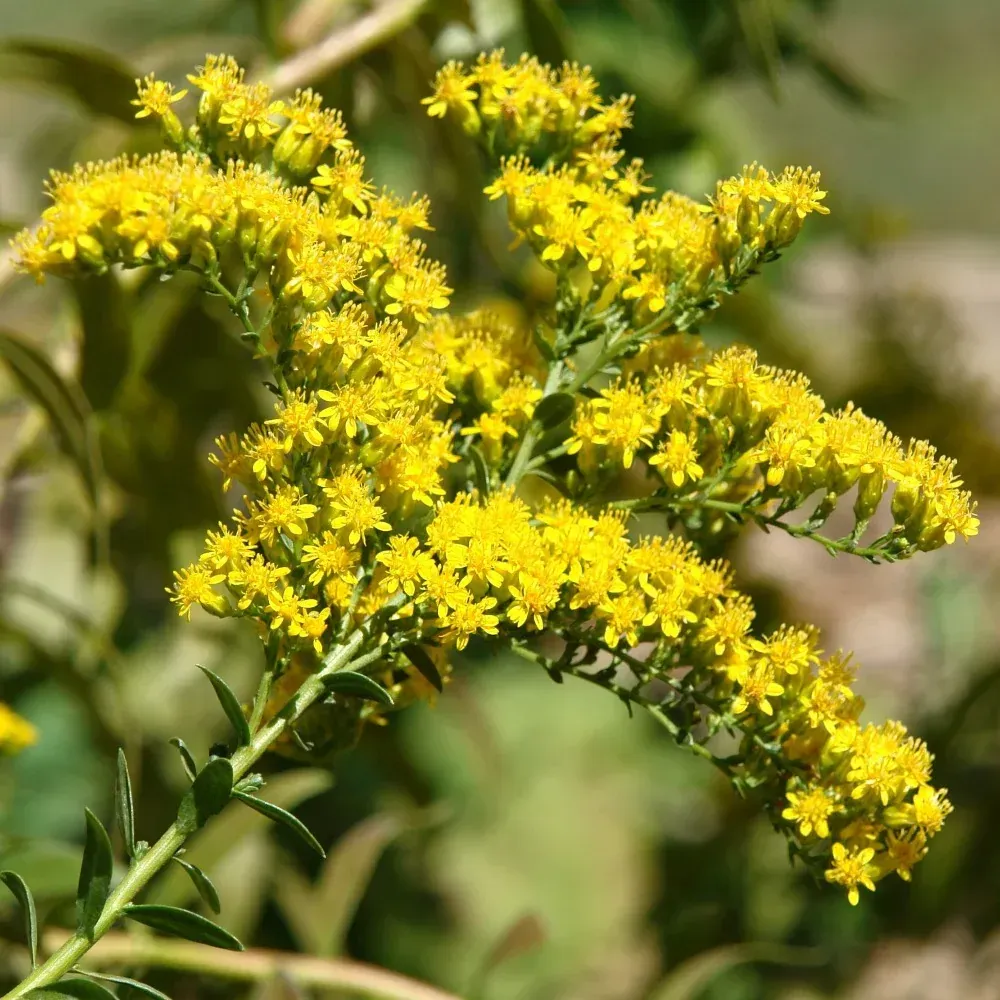
Native planting:
What to expect - "Sleep, Creep, Leap"
Building a native habitat takes patience, but the rewards are worth it!
Here's How your native plants will grow over three years:
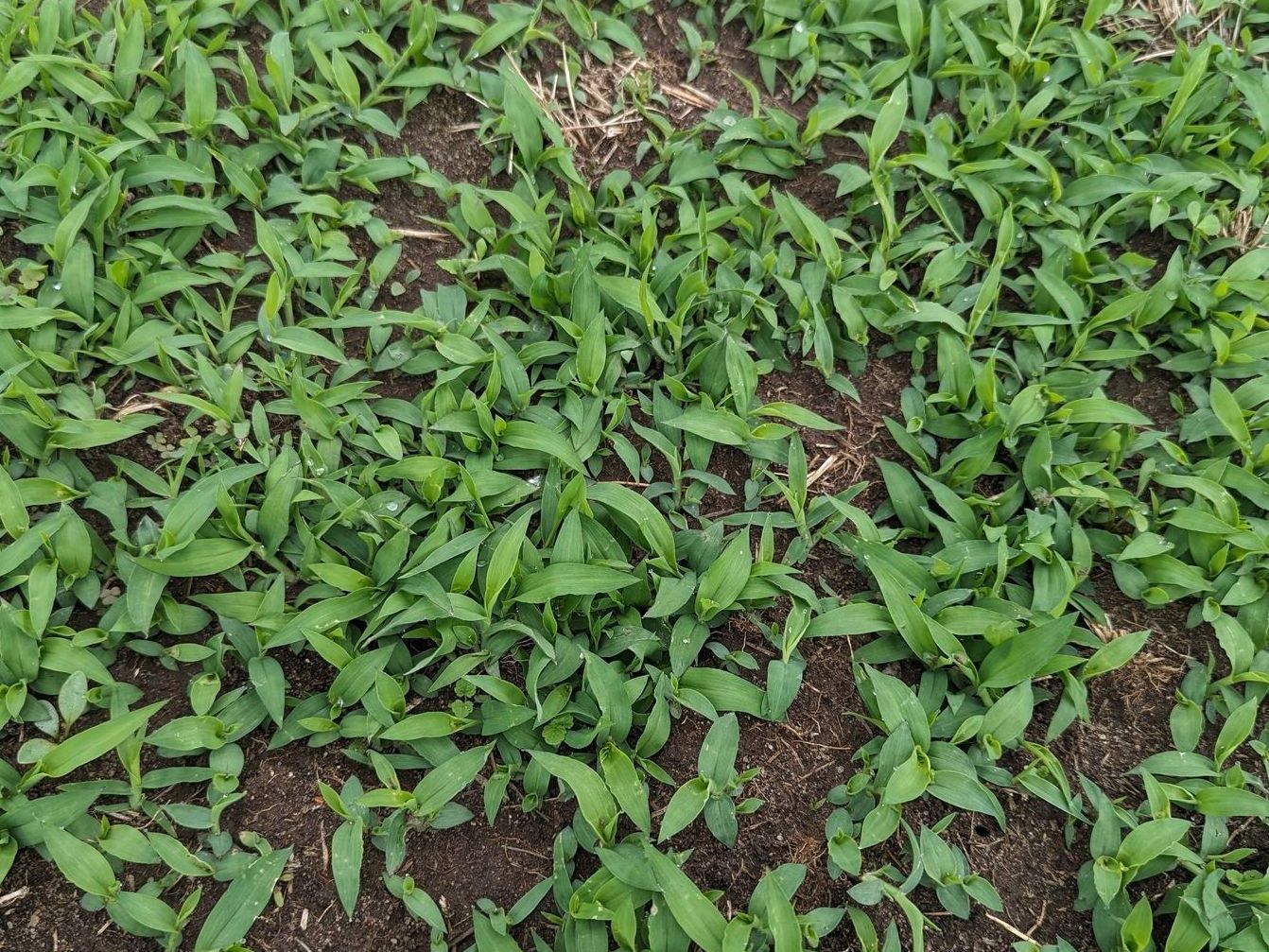
Year 1: Sleep
Most of the actions is happening underground.
Plants are busy growing deep, resilient root systems.
Not much to see... YET!
Add colorful annuals to brighten the space and support pollinators while native get established.
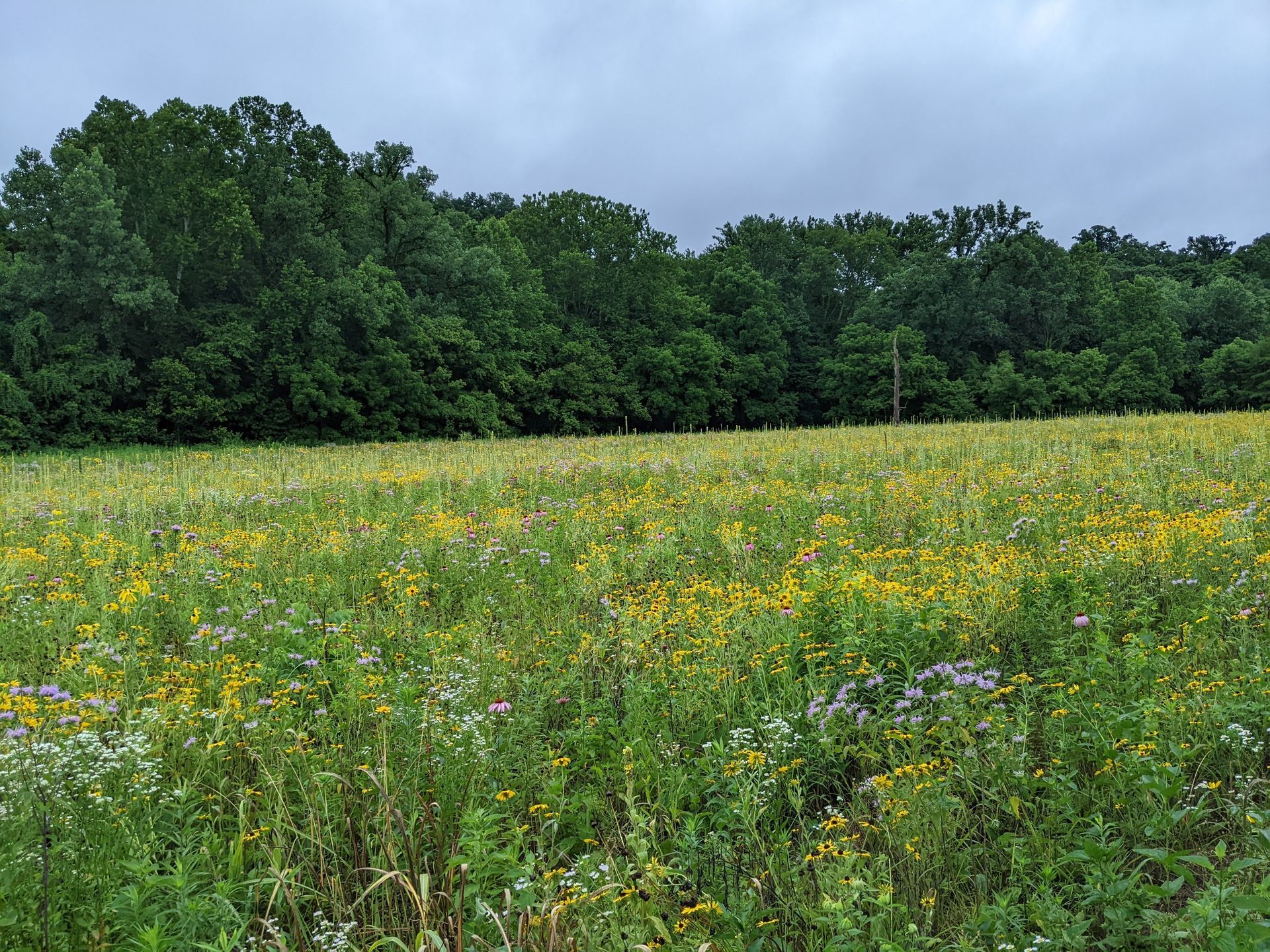
Year 2: Creep
Plants begin spreading out slowly. You’ll see more greenery and the first few blooms. The garden starts to look fuller—but it’s still early days.
Keep watering and weeding to support young plants.
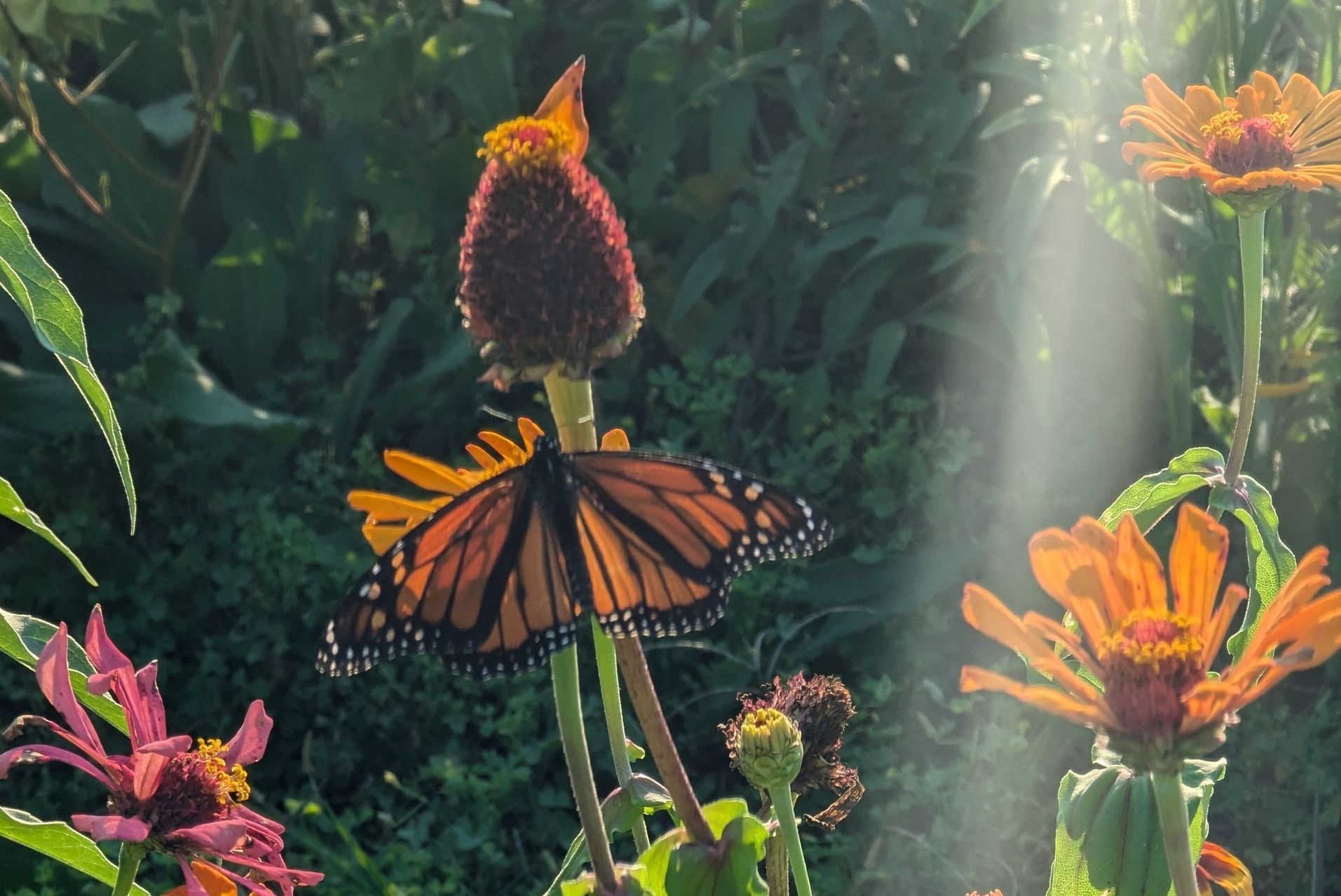
Year 3: Leap
Get ready for a transformation! Plants grow vigorously and bloom abundantly. Wildlife thrives, and your luscious lawn begins to look wild and wonderful.
This is when your native habitat really shines!
Native Plant Stars for Your Habitat Garden
Easy to grow, beautiful to see, and vital for pollinators!
The Vermillion County Soil & Water Conservation District
SWCD can be a tremendous resource for homeowners looking to replace their lawn with a native habitat. Here’s a breakdown of the types of services we can typically offer for such projects.
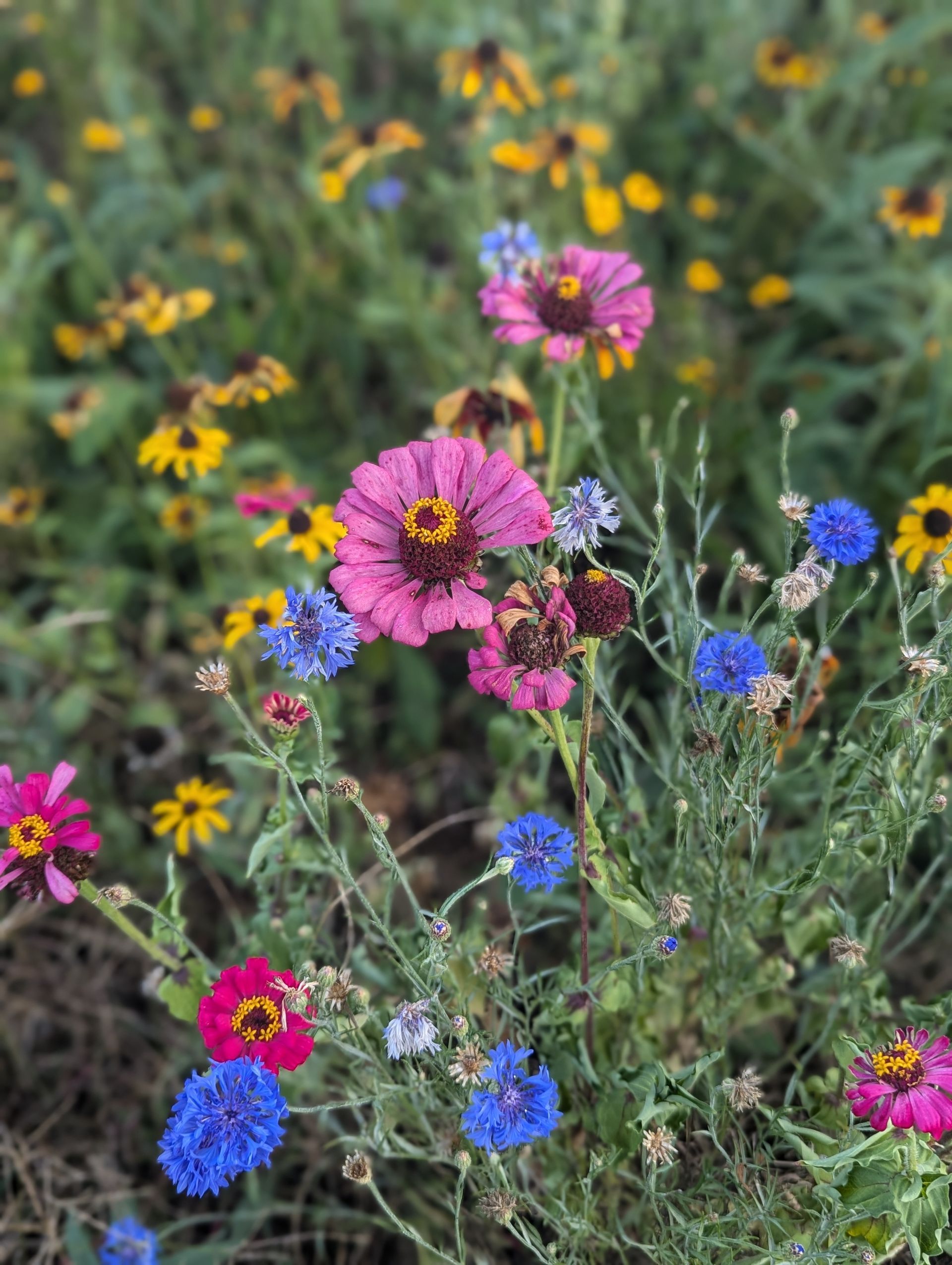
Technical Assistance
• Site Evaluation & Selection
• Planting Recommendations
• Planting Plan Development
Cost-Share & Funding Programs
• Assistance Identifying Eligible Programs: We can help landowners tap into federal, state, or local incentive programs.
These can help cover costs for...
- Site prep
- Native seeds or plugs
- Weed control
- Installation labor
Equipment Loans
• Seed Drill Rentals: We can loan out our no-till seed drills or specialized native seed equipment.
Recommendations for Site Prep &
• Spray Guidance
• Weed Management
Let your lawn go wild. Plant with purpose.
Vermillion and Parke SWCD Pollinator/Native Grass Program
For more information on our COST-SHARE program, where we can reimburse up to 75% of new habitat installation, click on the button!
